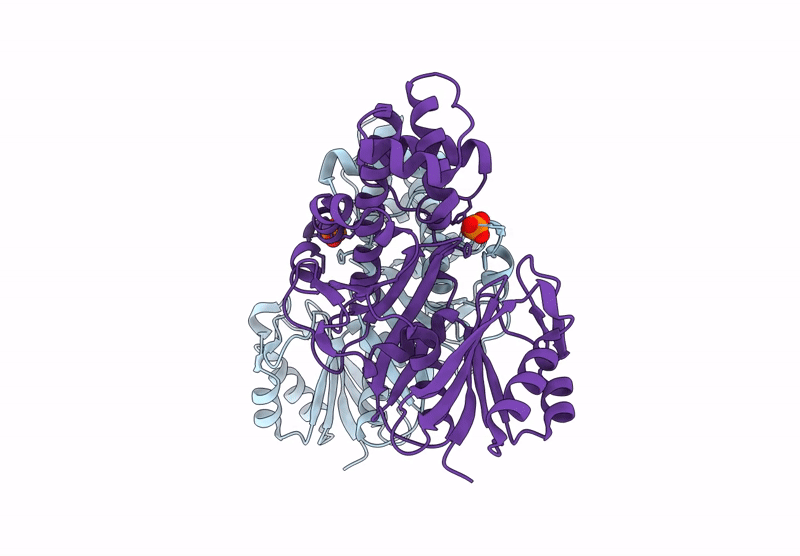
Deposition Date
2024-10-02
Release Date
2025-08-06
Last Version Date
2025-10-22
Method Details:
Experimental Method:
Resolution:
2.63 Å
R-Value Free:
0.23
R-Value Work:
0.19
R-Value Observed:
0.19
Space Group:
P 43 21 2


